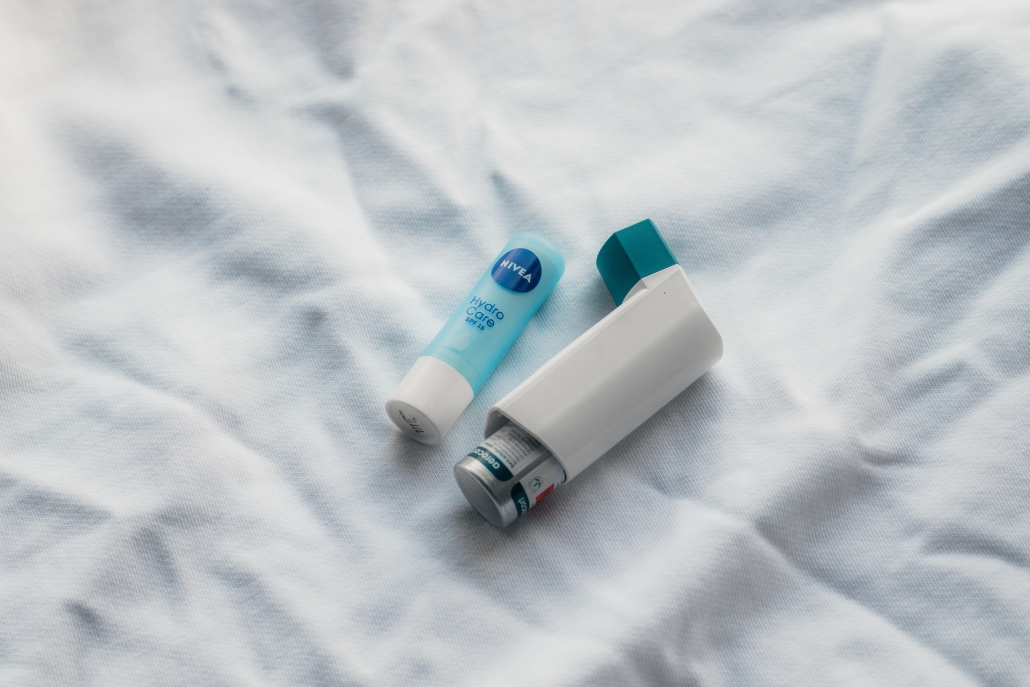The Asthma Action Plan: A Comprehensive Guide To Managing Your Symptoms

In a perfect world, asthma would be a thing of the past. However, this very real health concern is a staple of life for more than 25 million Americans. The good news is that this common respiratory condition is also well-understood. By working alongside your allergy and asthma specialist, you can create a plan that keeps symptoms in check and your life on track.
What is an asthma action plan?
When it comes to allergies and asthma, it never hurts to have a plan, and an asthma action plan is your guide to good health. This worksheet is completed by you and your doctor and contains vital information for managing your flare-ups. This information can include:
- Name and date of birth
- Asthma triggers
- List of medications (control and quick-relief)
- Emergency contact information
Asthma action plans are commonly broken down into three zones – Green (Doing Well), Yellow (Caution) and Red (Emergency) – and outline steps to managing symptoms in each situation. Your zone can be determined by evaluating your “peak flow,” a measurement of how fast you can push air out of your lungs at full strength. A falling peak flow can be a sign your asthma is worsening.
The Green Zone (Doing Well)
Patients “in the green” are operating at their peak – generally 85-100% of peak flow. In this zone, you will not be experiencing any asthma symptoms. Patients should continue taking long-term control medications as instructed to maintain asthma control.
Note: Asthma flare-ups can happen to anyone, even patients who spend most of their time in the green. Always remain vigilant for signs of oncoming symptoms. Do not alter your plan or dosages without consulting your allergy and asthma specialist.
The Yellow Zone (Caution)
If mild asthma symptoms appear, you’ve likely entered the Yellow Zone. This stage typically begins when peak flow drops between 50-85%. In the yellow, you may find yourself experiencing coughing or fatigue while simply resting. Exercise or movement can exacerbate your condition.
Patients in the Yellow Zone should refer to their asthma action plan before administering quick-relief medications, like albuterol and levalbuterol inhalers. Continue taking long-lasting medicines as directed in the Green Zone. This stage can last several hours up to a few days.
The Red Zone (Emergency)
If peak flow readings have dropped below 50%, you’ve entered the Red Zone. This stage is characterized by intense asthma symptoms, including persistent coughing, wheezing and shortness of breath. In this zone, patients should always check peak flow before and 20 minutes after taking asthma medications.
Contact your doctor and/or seek emergency medical aid if severe symptoms continue. These signs can include:
- Nails or lips turning blue
- Nostrils flaring with each breath
- Taking 30 or more breaths per minute
- Difficulty talking or walking at a regular pace
Let’s make a plan for your relief!
Asthma can be tricky to handle on your own. Luckily, asthma patients can rely on our providers. At Family Allergy & Asthma, our trusted allergy and asthma specialists are ready to guide patients toward relief. With locations across the nation, relief is always close to home. Contact us today to schedule your next allergy or asthma appointment.
About Family Allergy & Asthma
Founded in 1979, Family Allergy & Asthma’s practice network of allergy and asthma specialists provides high-quality, reliable and lasting allergy relief throughout Arkansas, Florida, Illinois, Indiana, Kentucky, Missouri, Ohio, Pennsylvania and Tennessee, and includes affiliates Allergy & Asthma Specialists (AAS), Asthma and Allergy Associates of Florida (AAAF) and Arkansas Allergy and Asthma Clinic (AAAC). For more information, visit familyallergy.com, and follow Family Allergy & Asthma on Facebook, Instagram and X.


